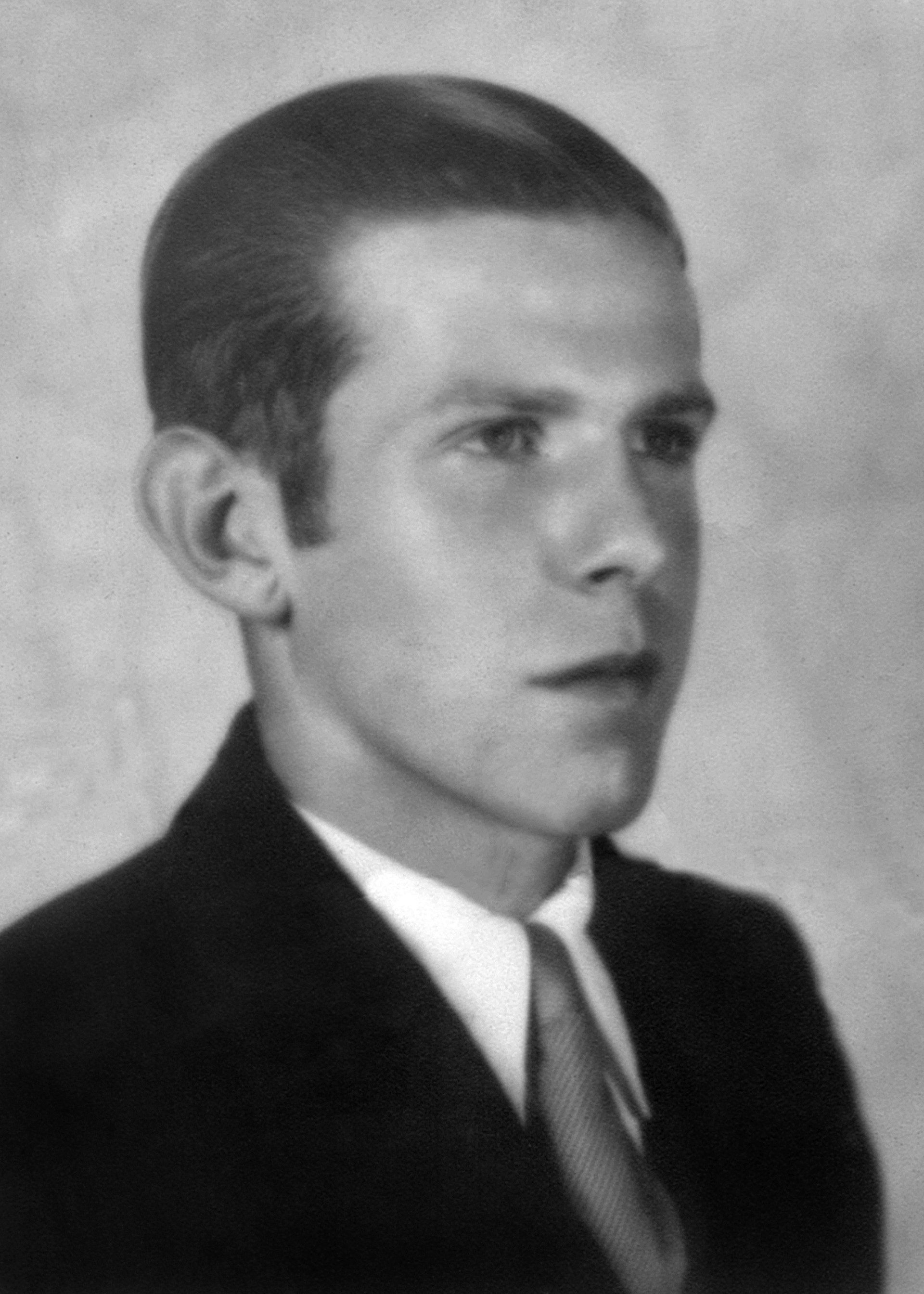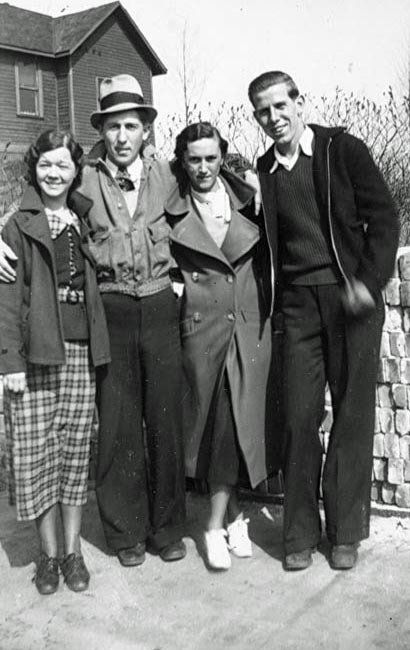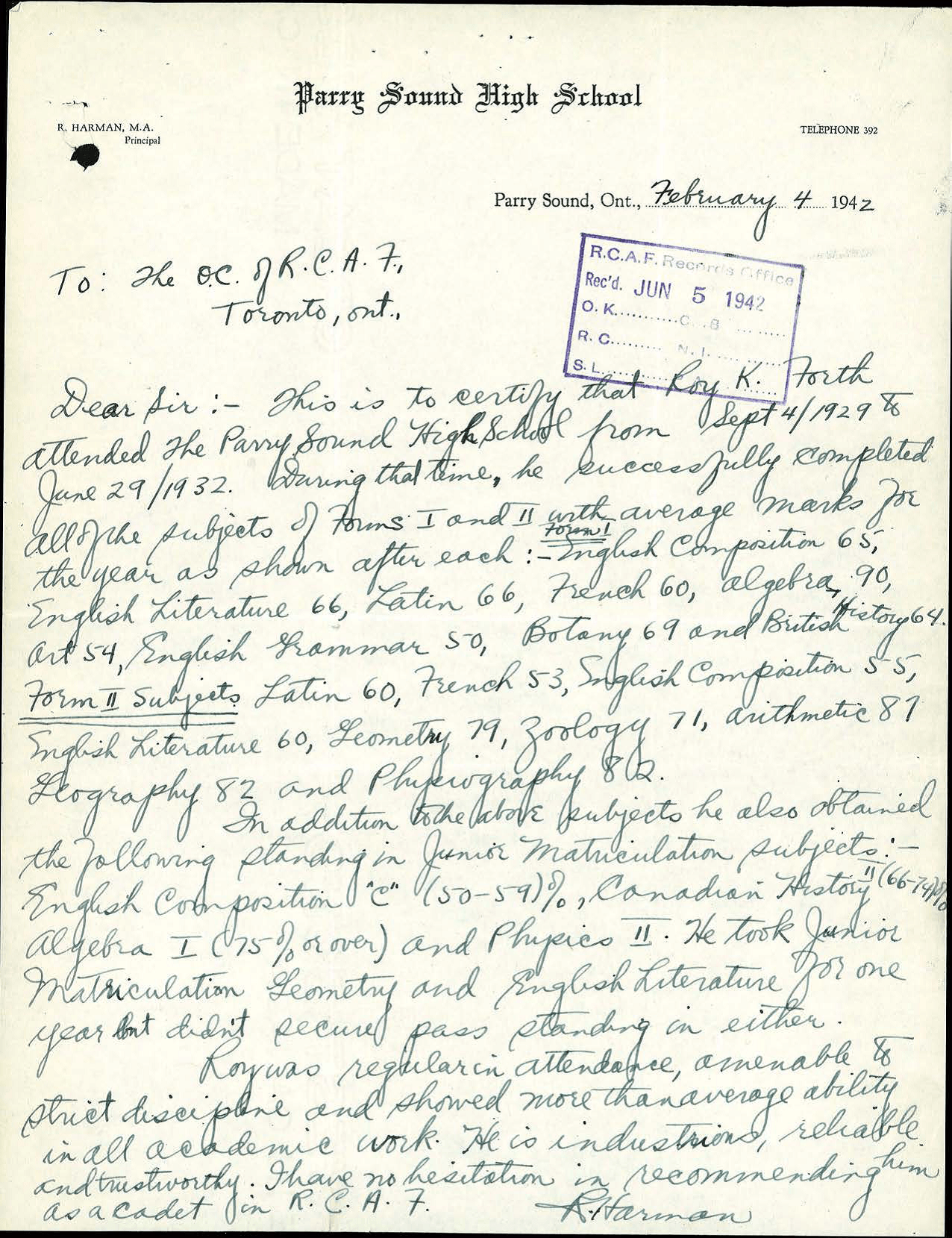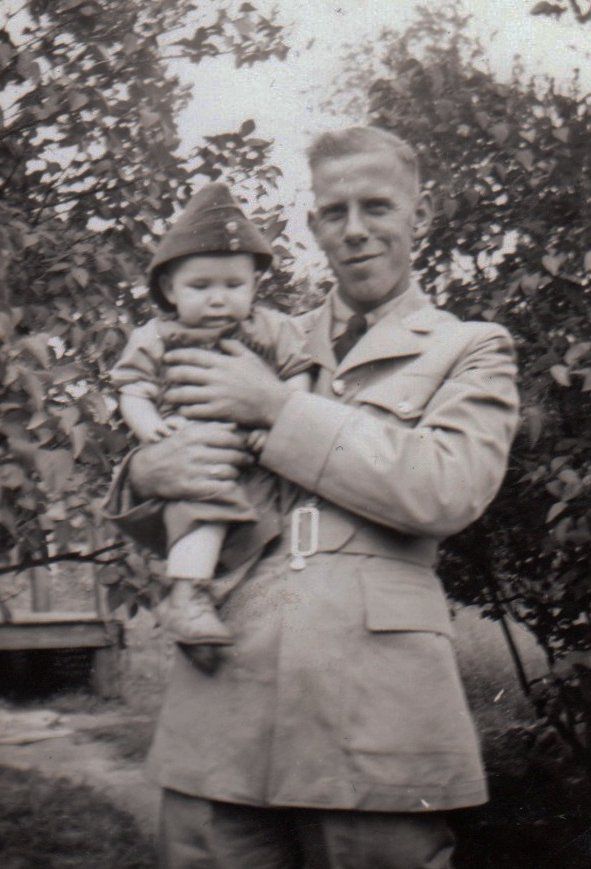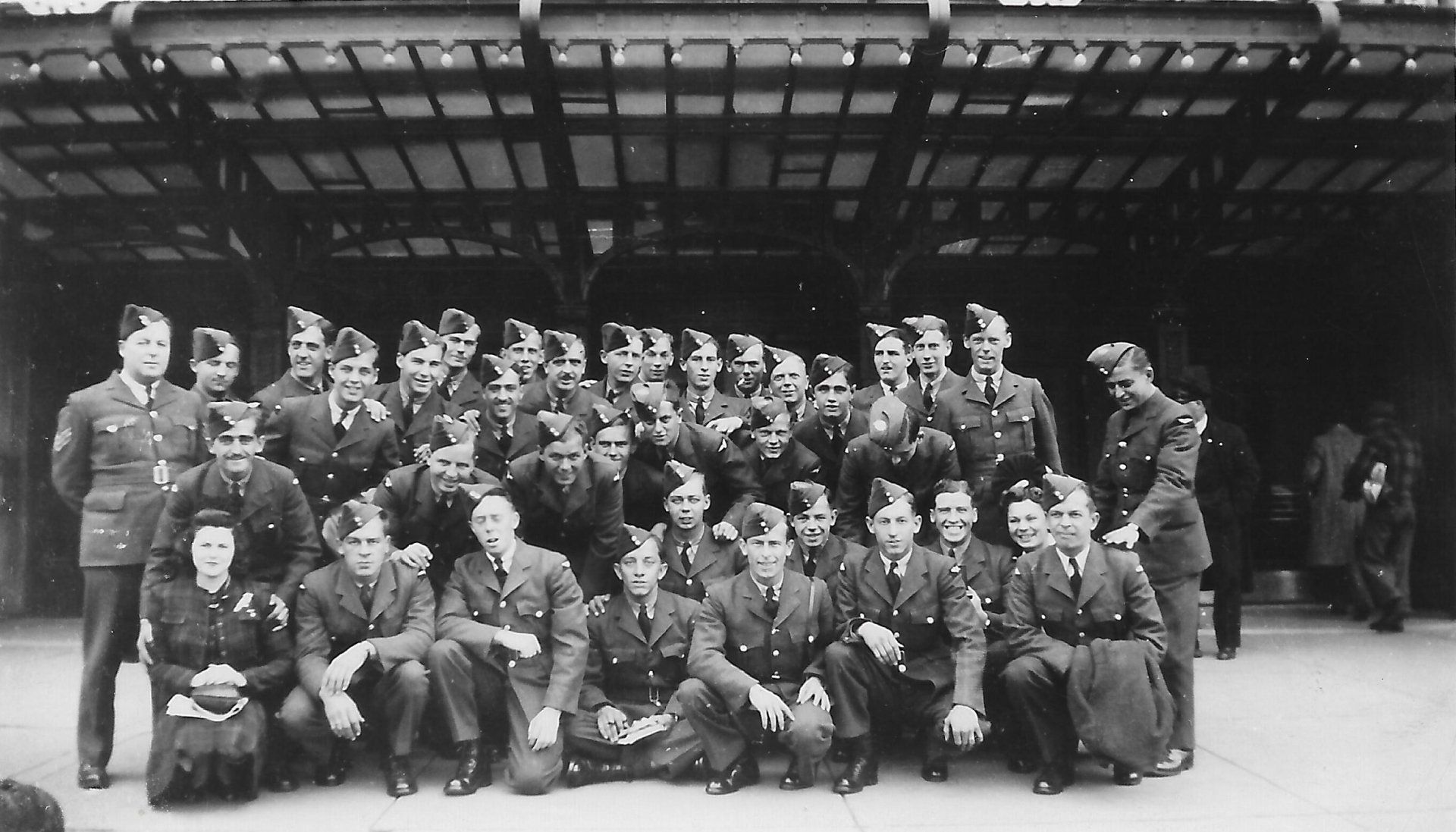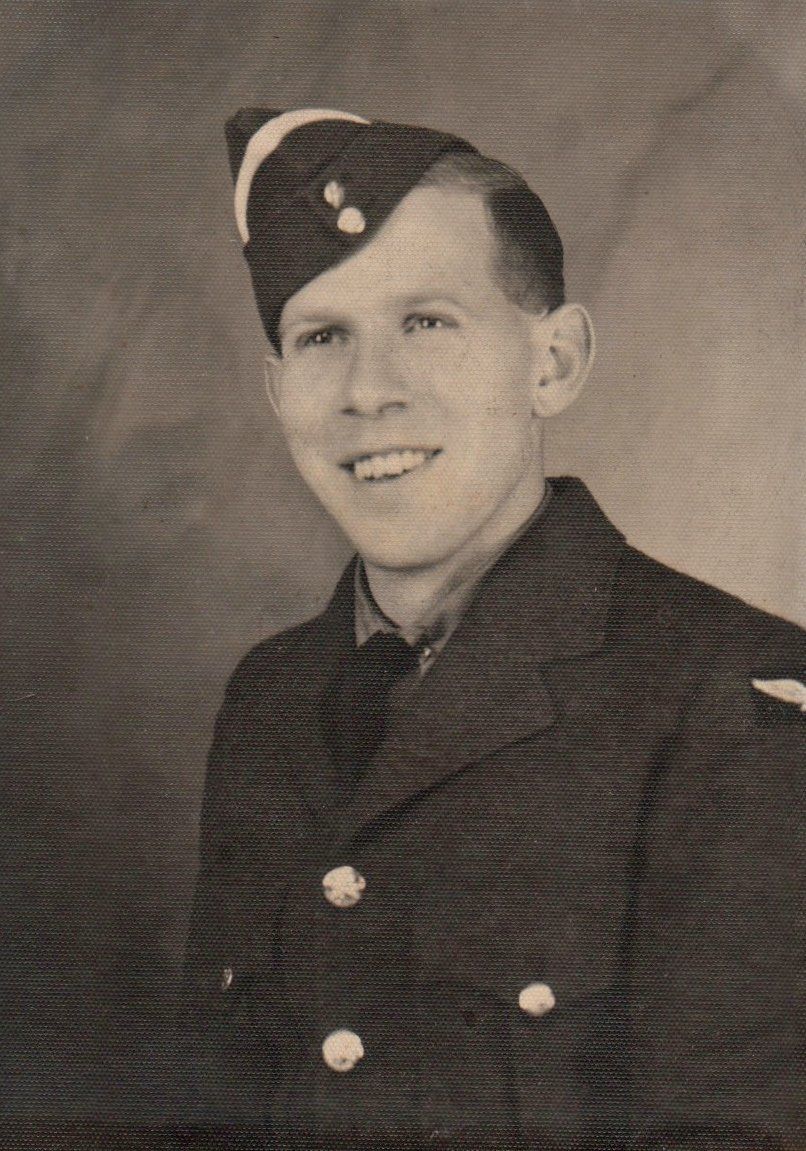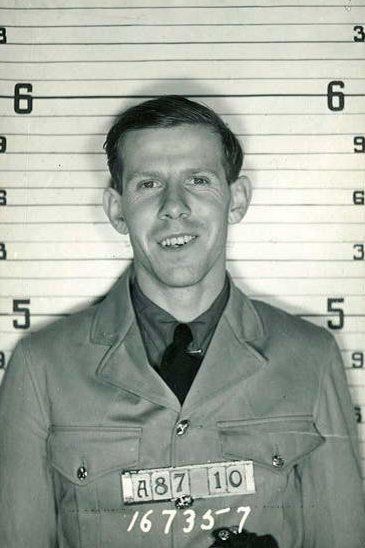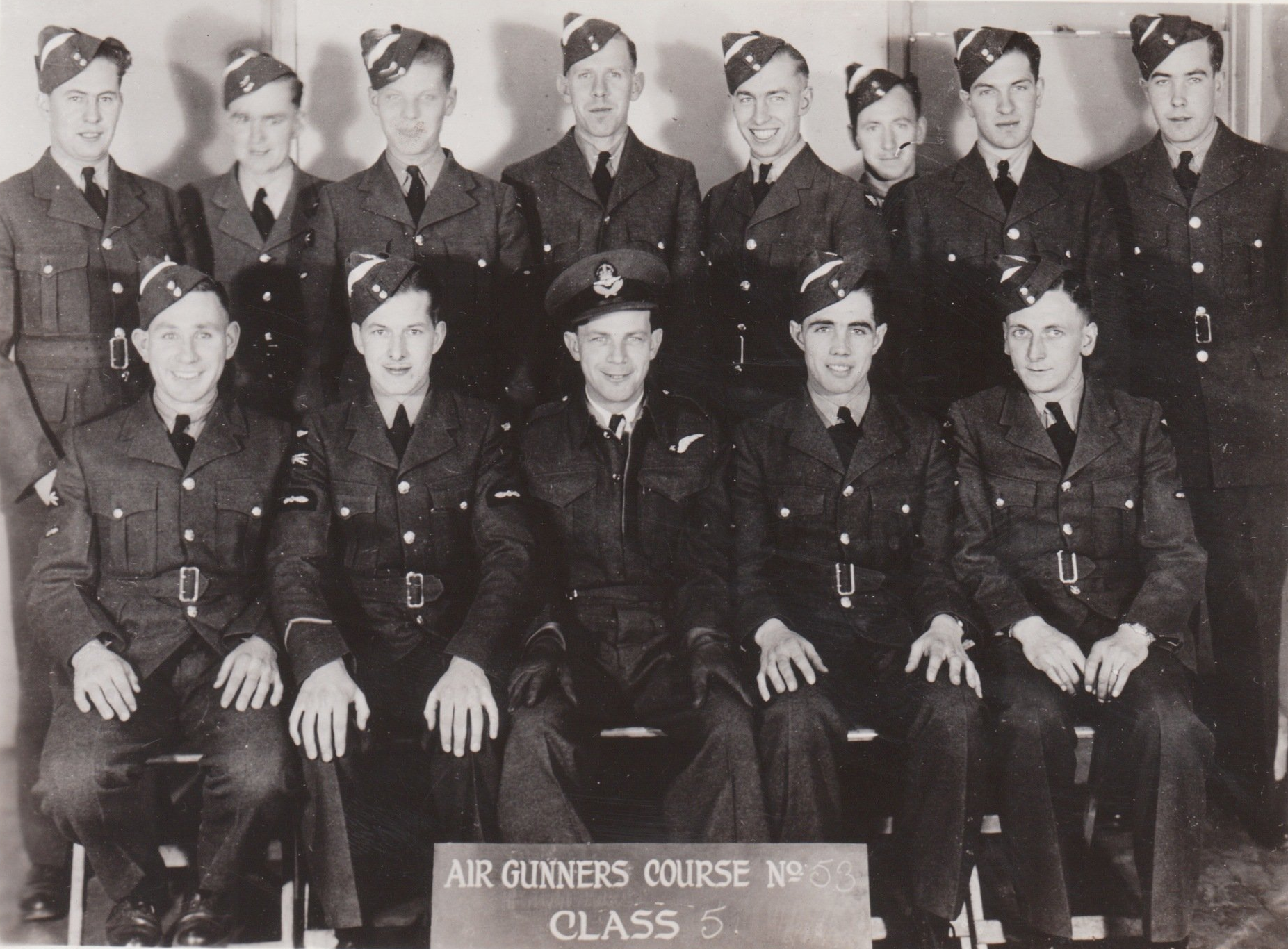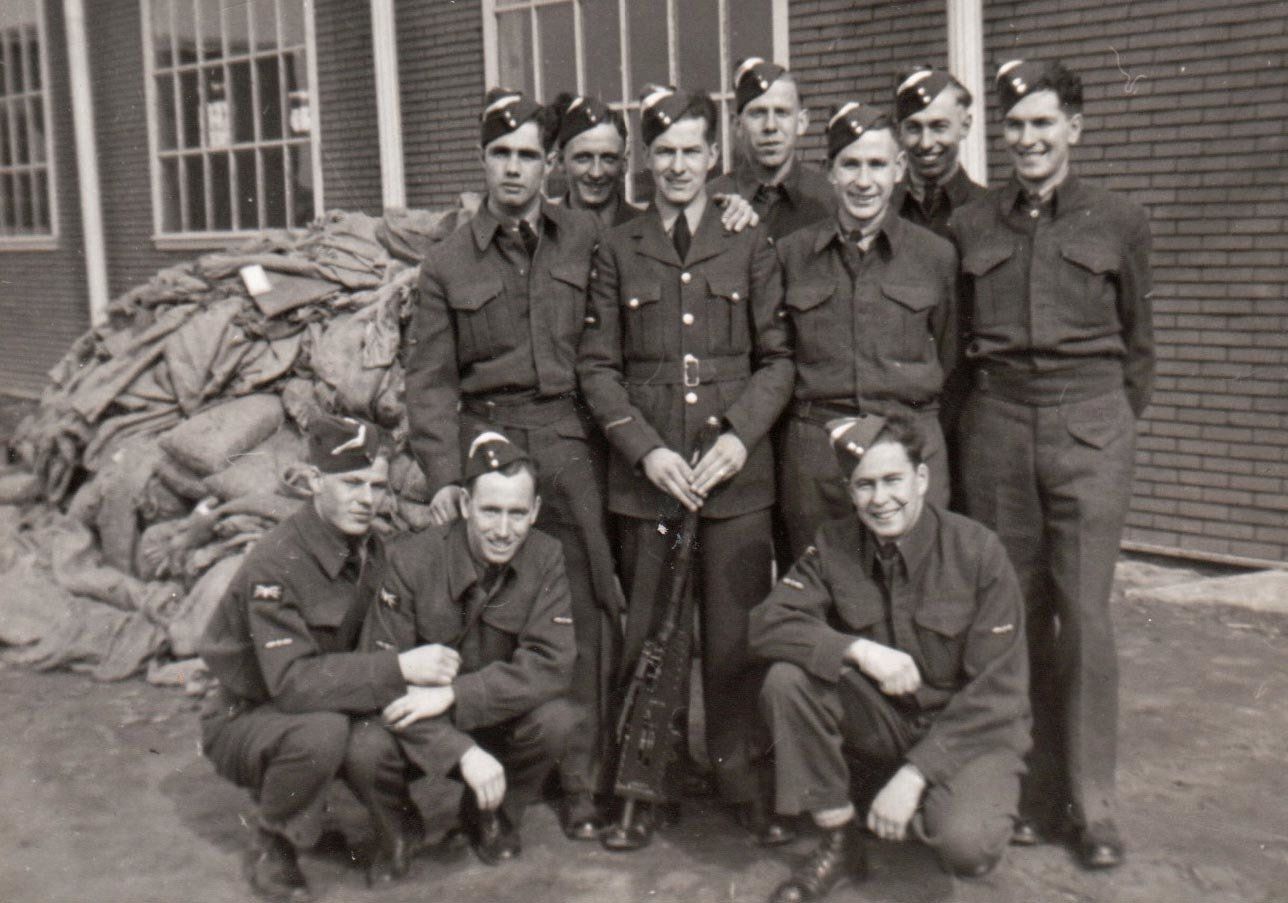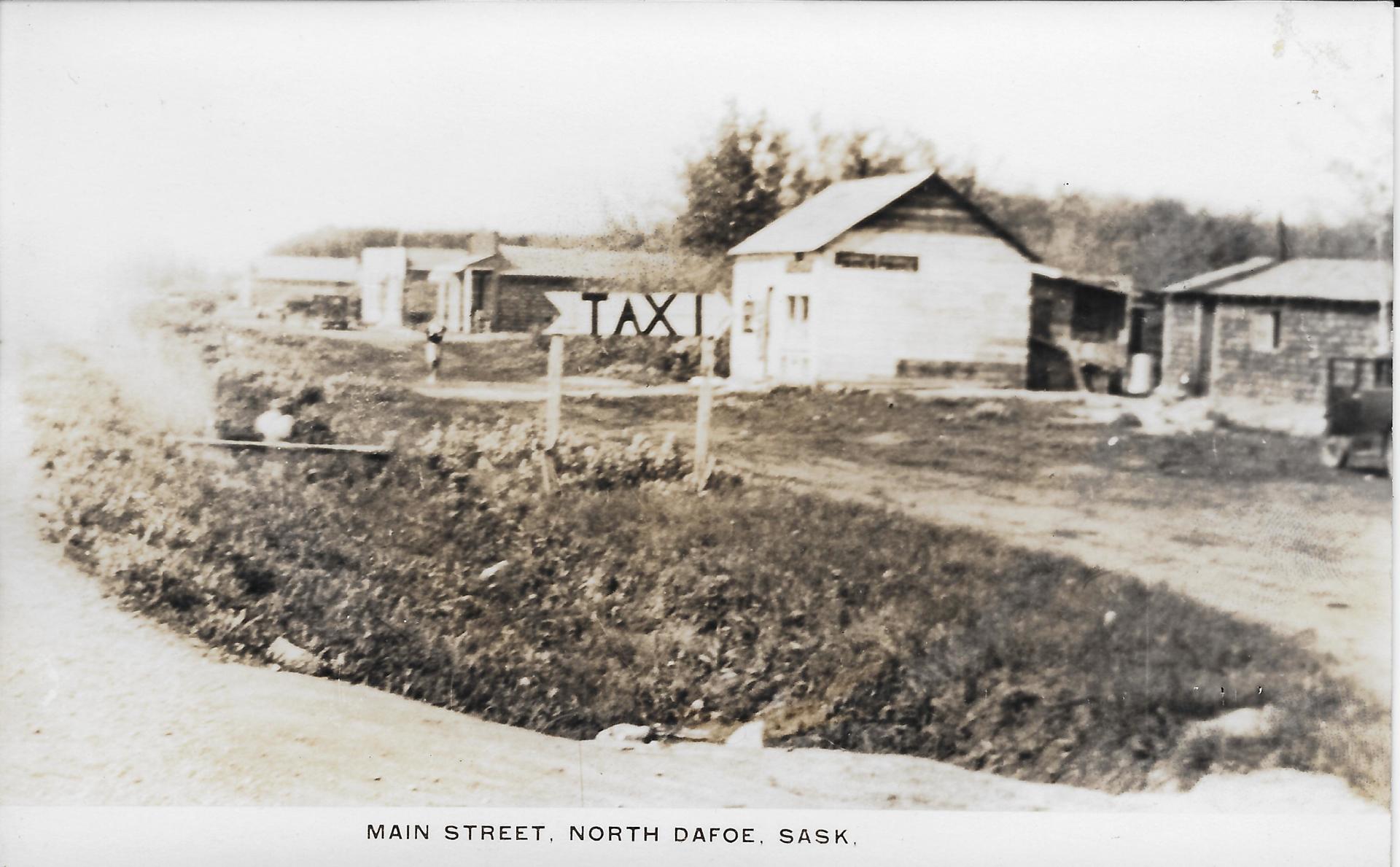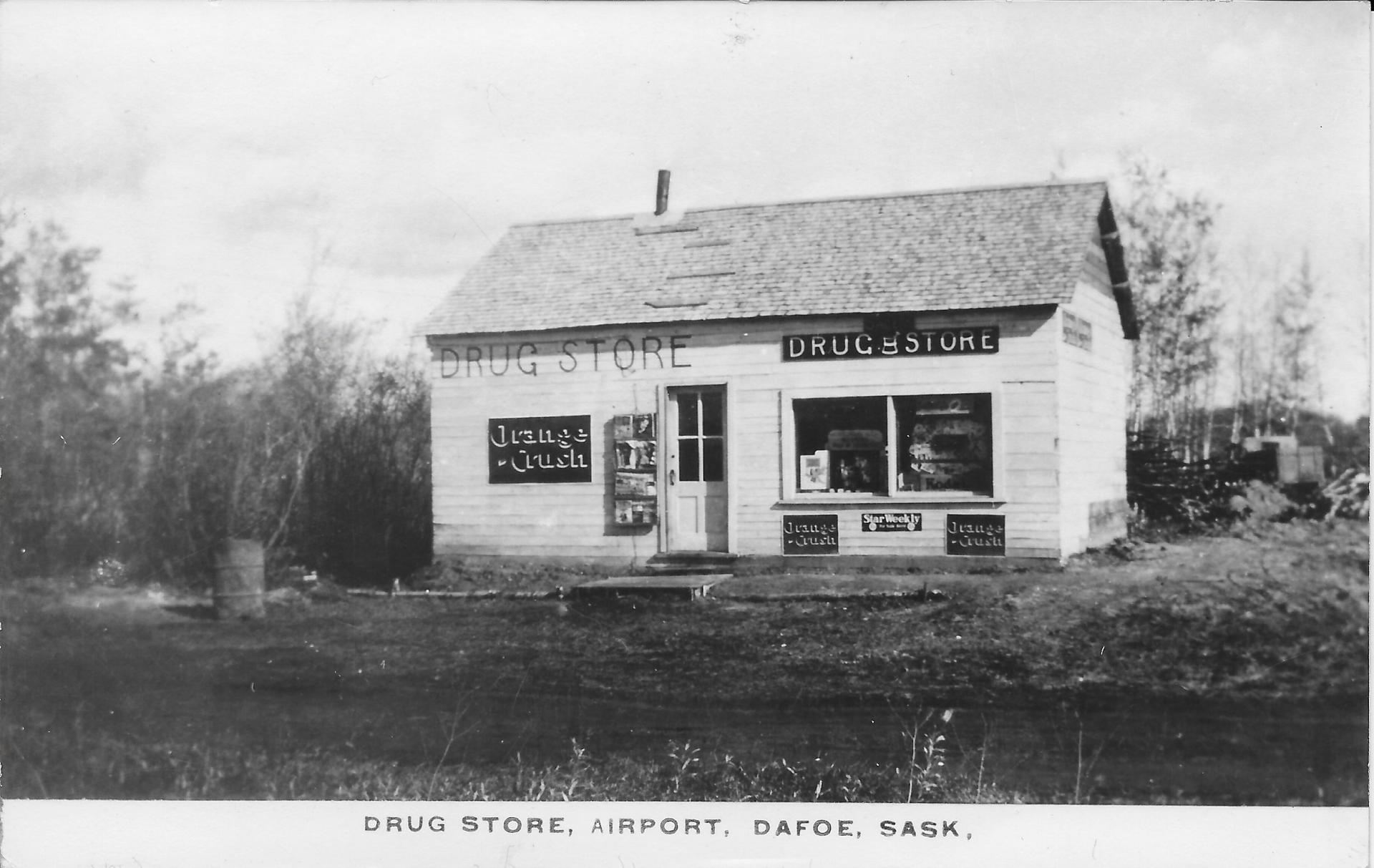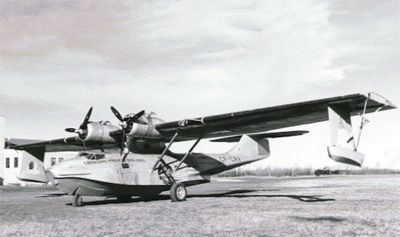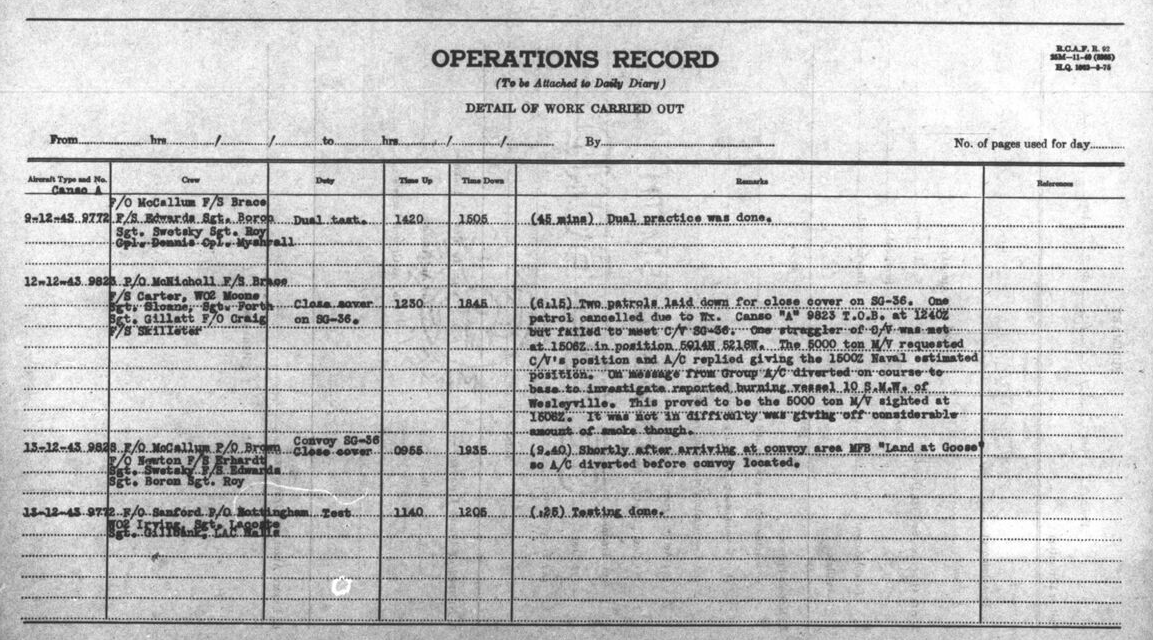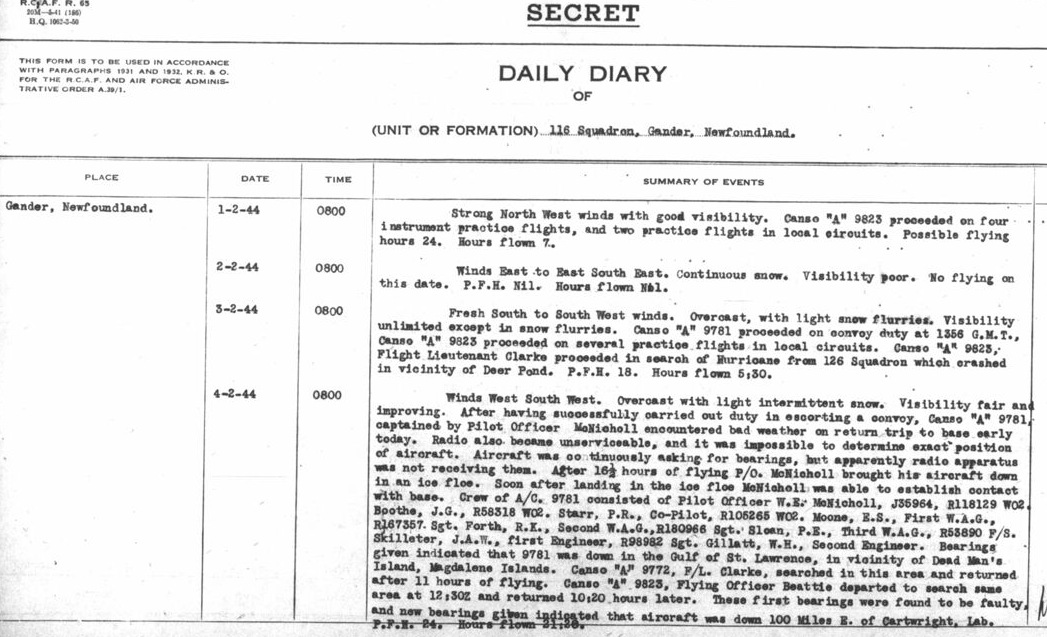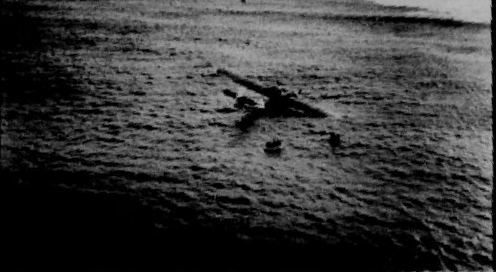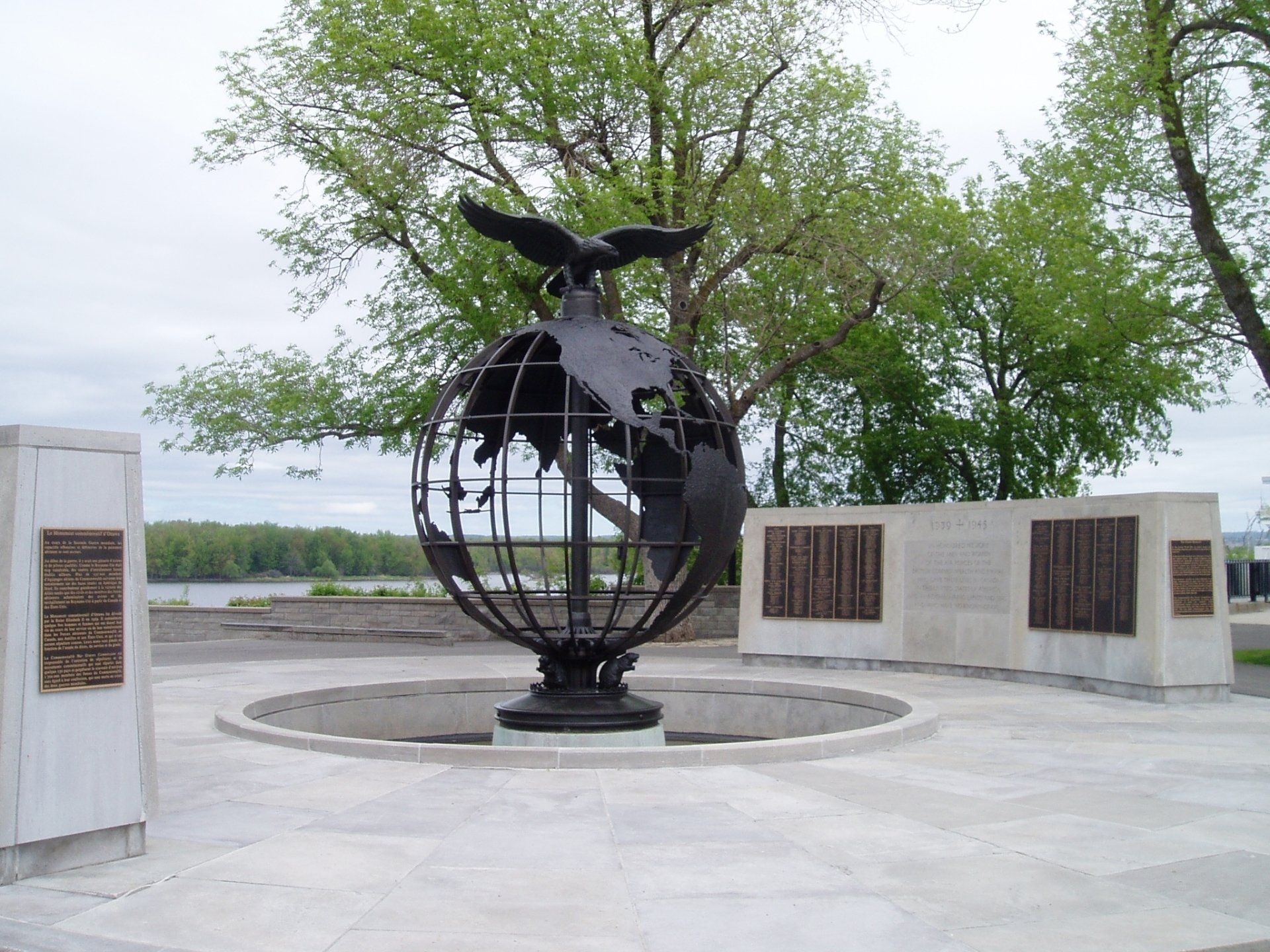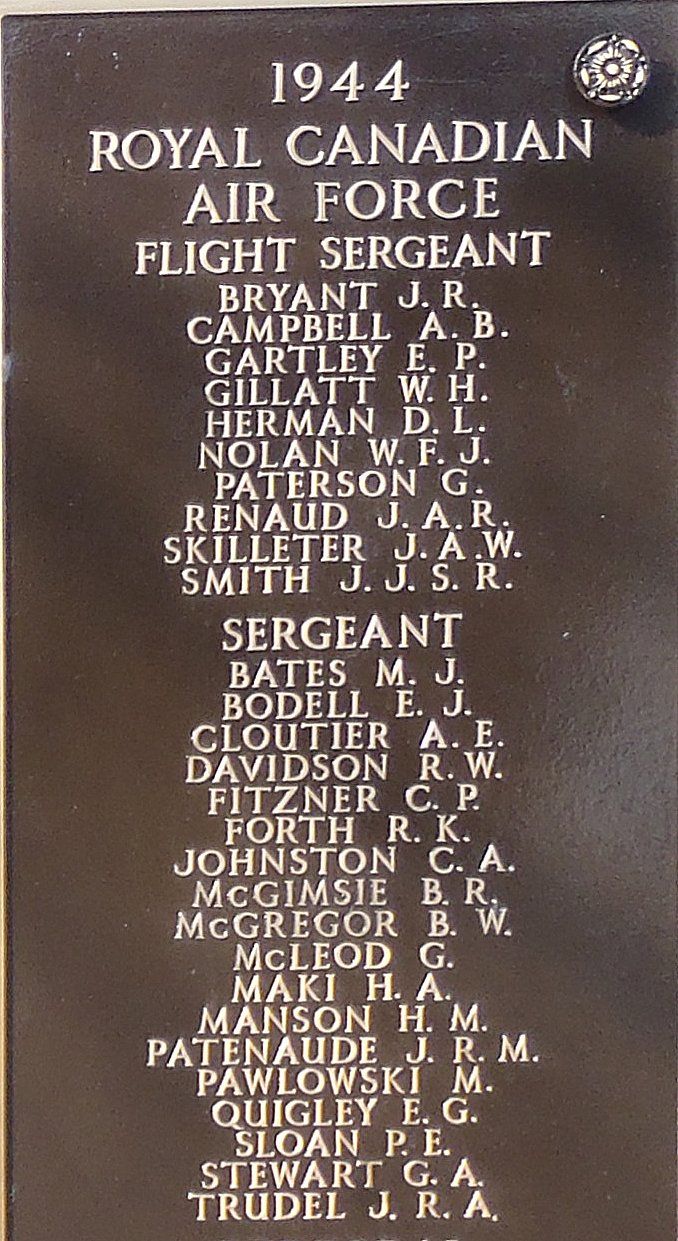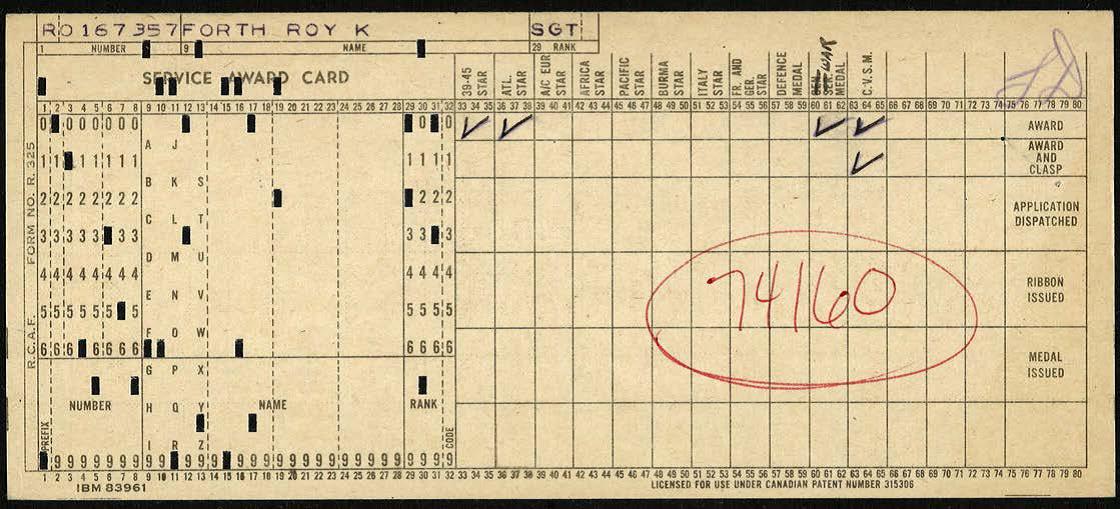Roy Kitchener Forth
Roy was awarded the following medals according to the Service Award Card below:
1939-45 Star
Atlantic Star
1939-45 War Medal (without oak leaf)
C.V.S.M. (Canadian Volunteer Service Medal) with clasp or bar.
The medals were sent to Roy's eldest brother, Fred Forth, on March 17, 1950. It appears as though the medals may have been lost over time as nobody in the family seems to know where they are.
As with his brother, Frank, more war records exist for Roy than other records and it is sad that those are the things that live on, rather than what Roy brought to the world. He didn't marry and, to my knowledge, fathered no children. I am happy to be able to honour his memory. Thank you to Harold Shortt, husband of my cousin, Jennifer, who provided assistance with military records.
